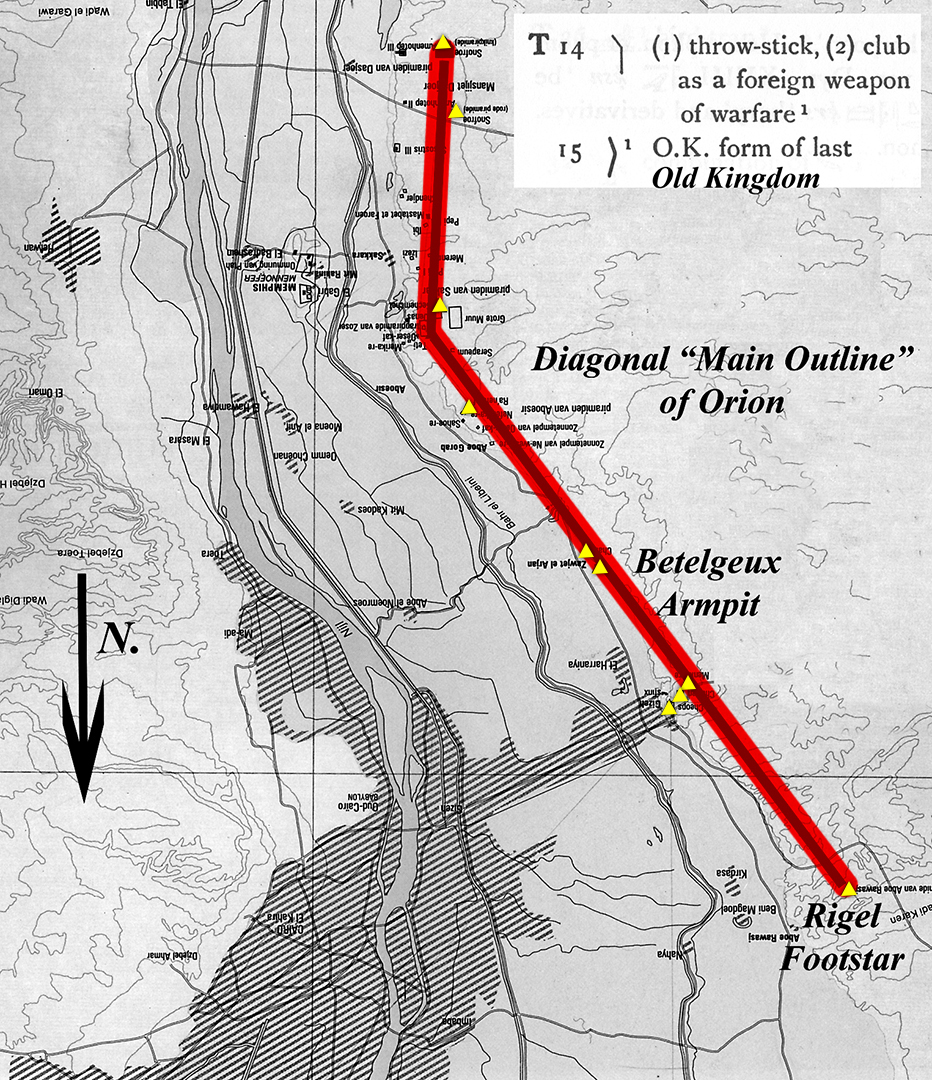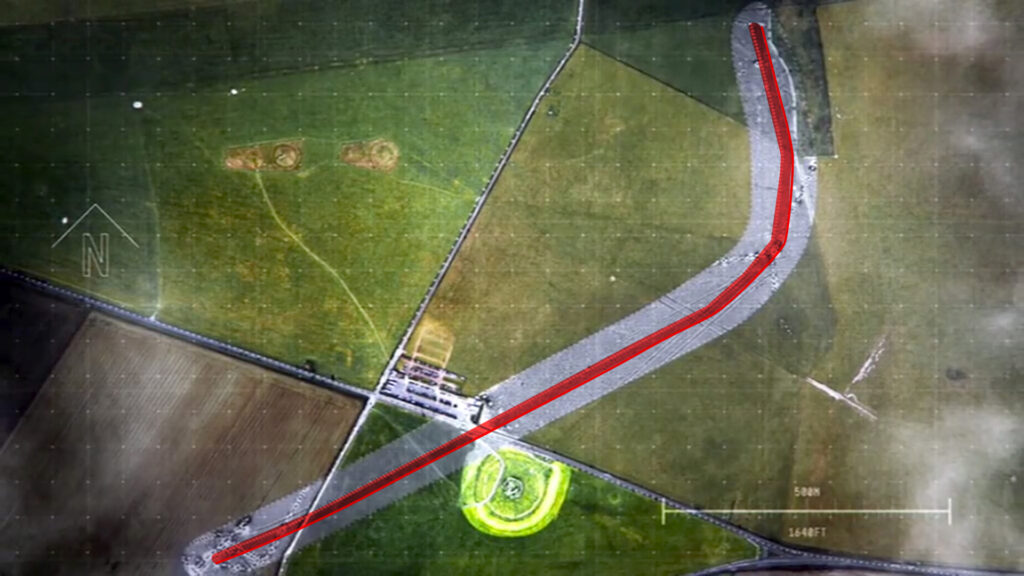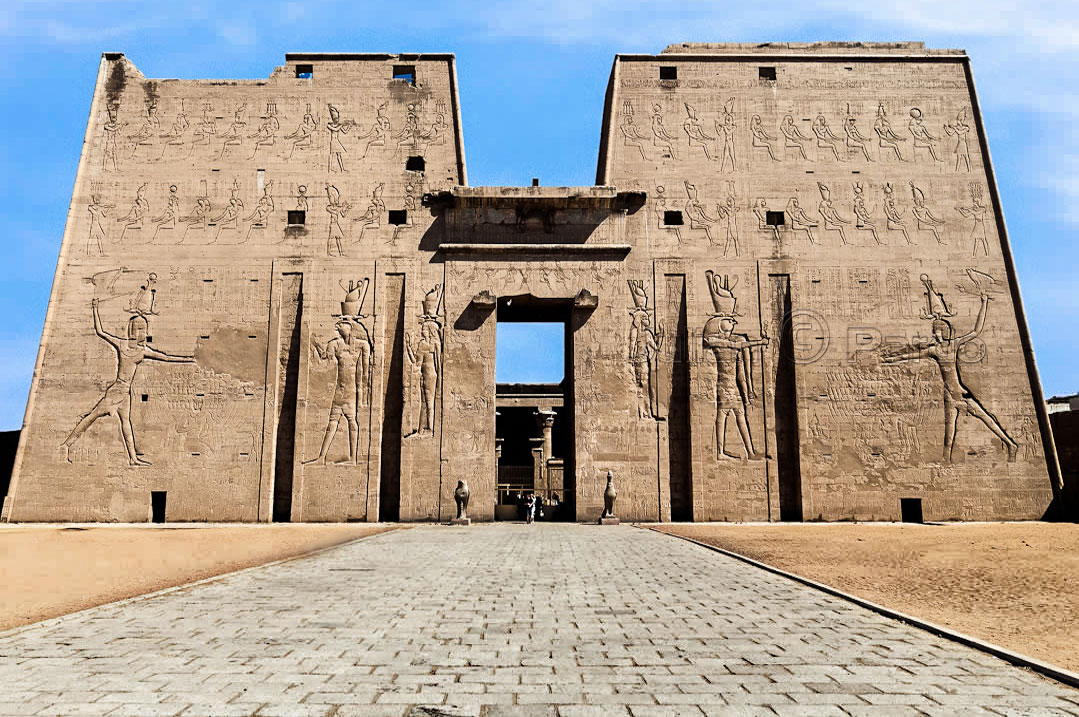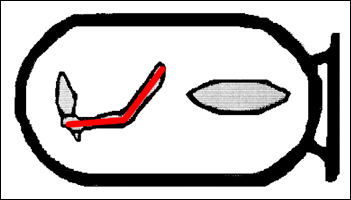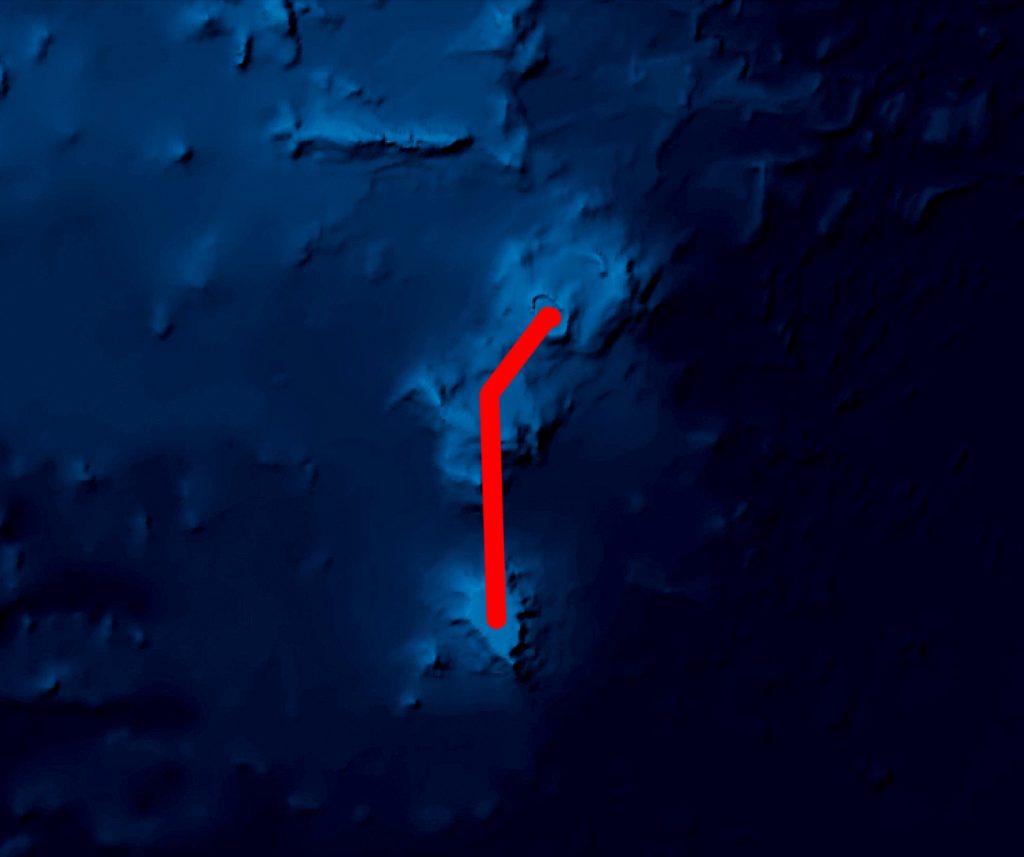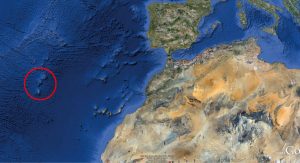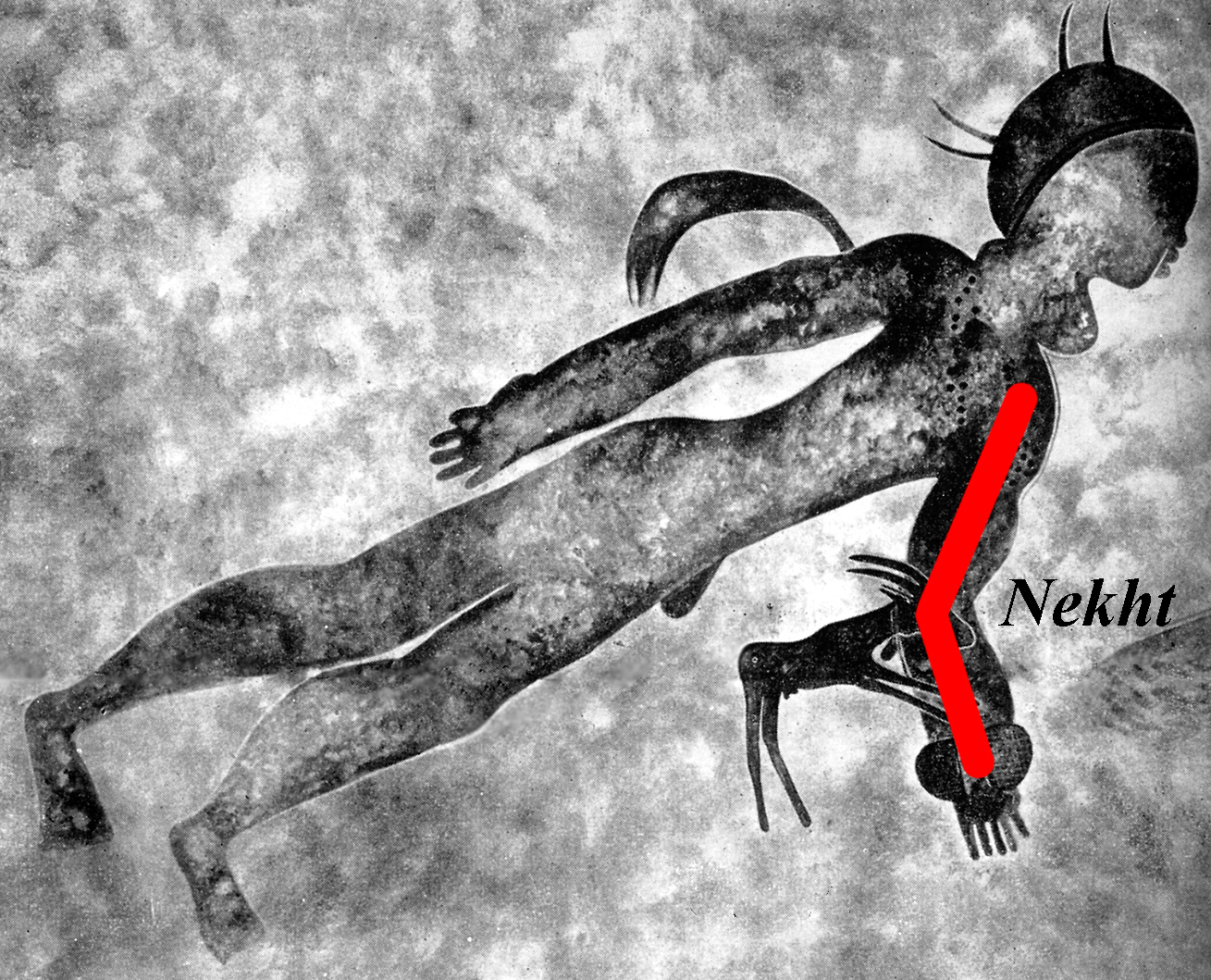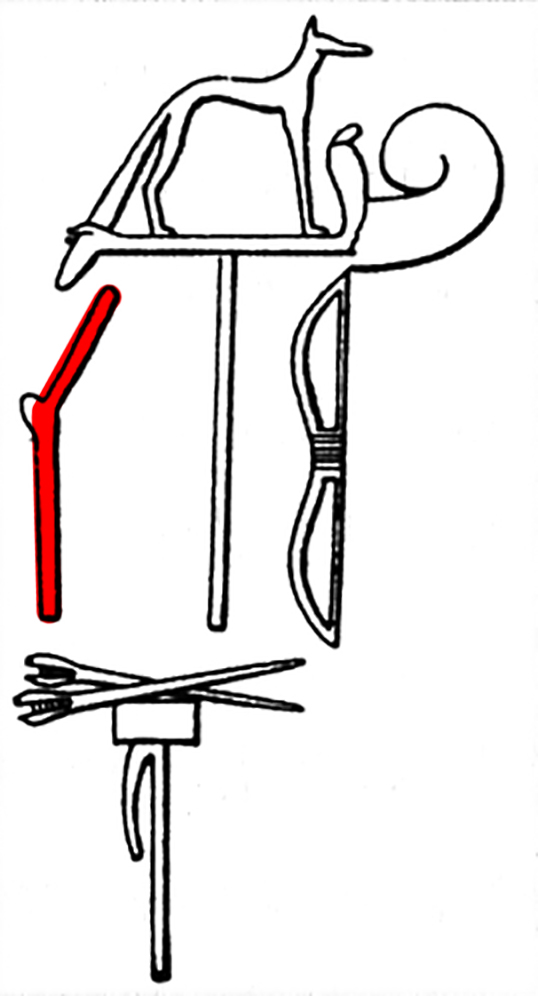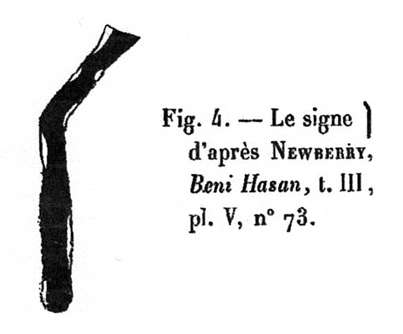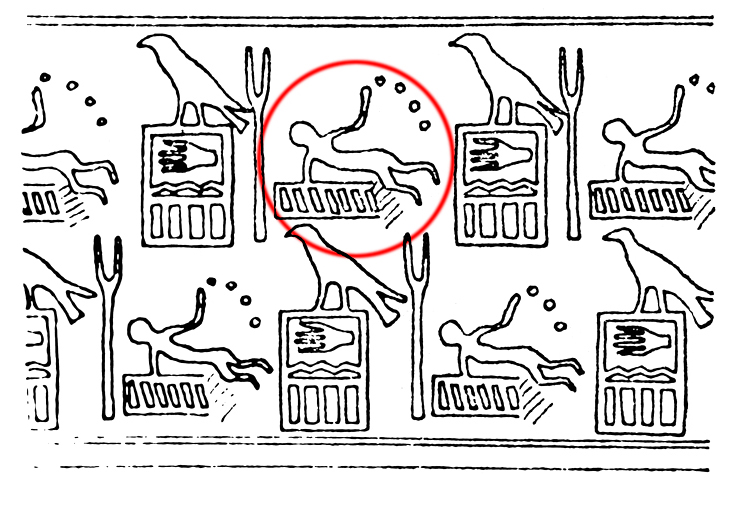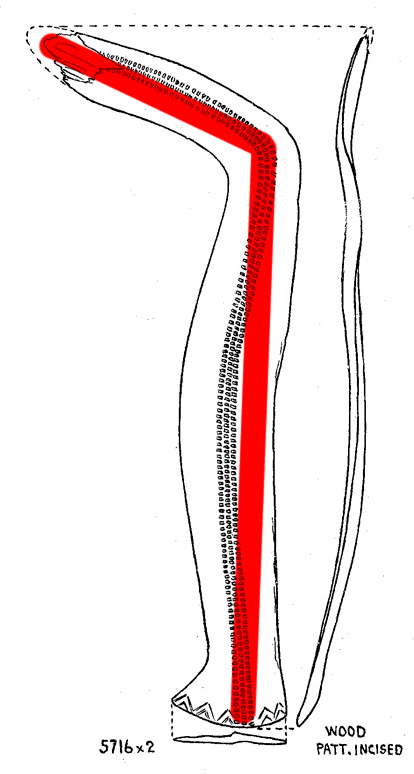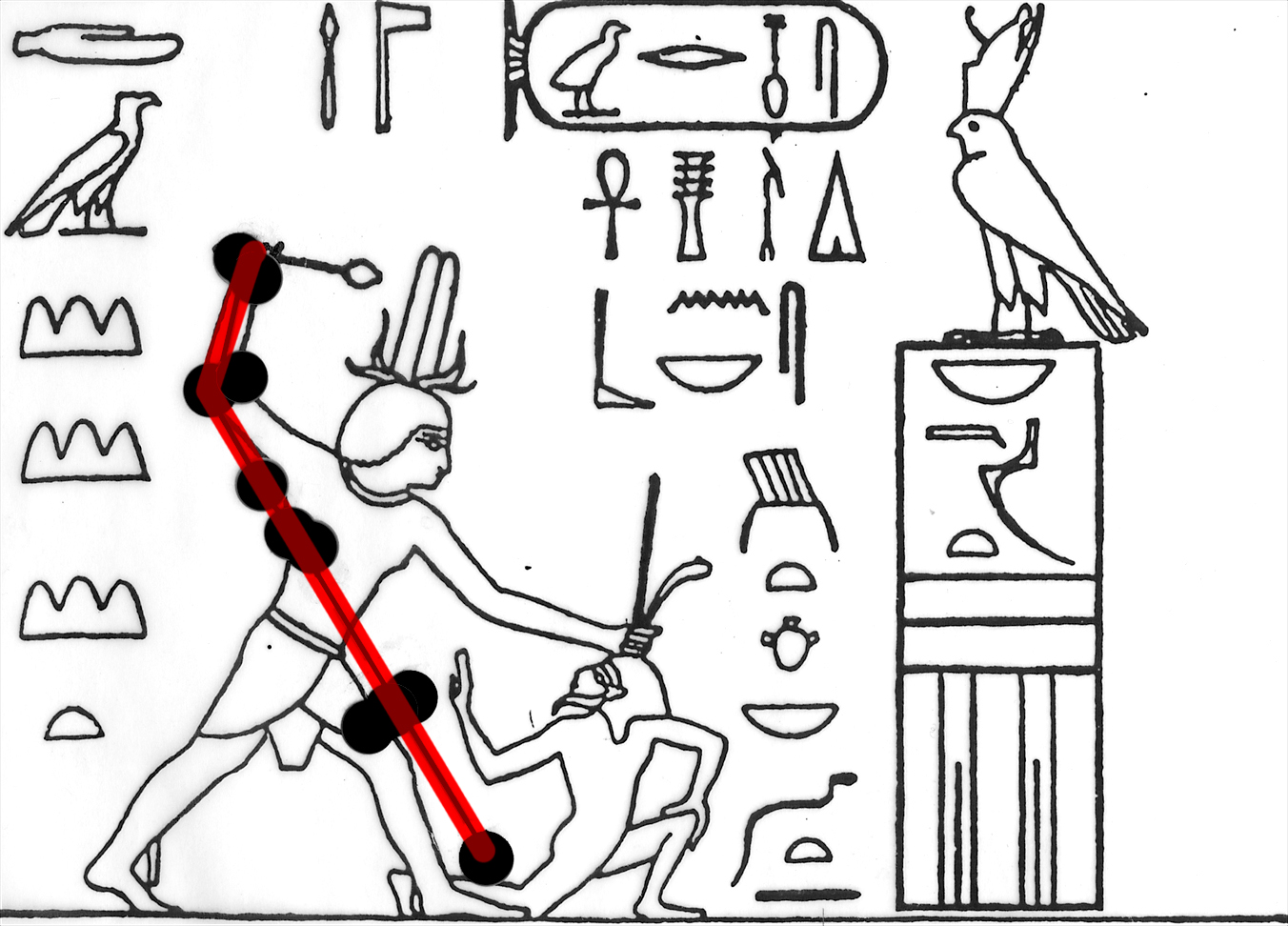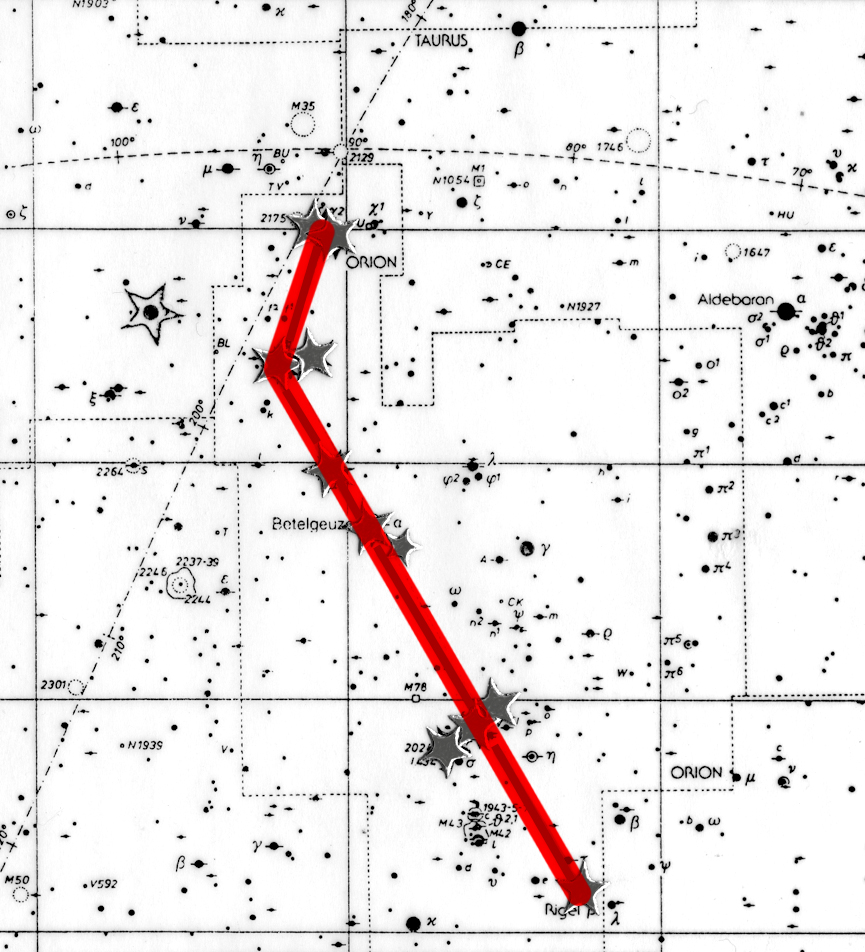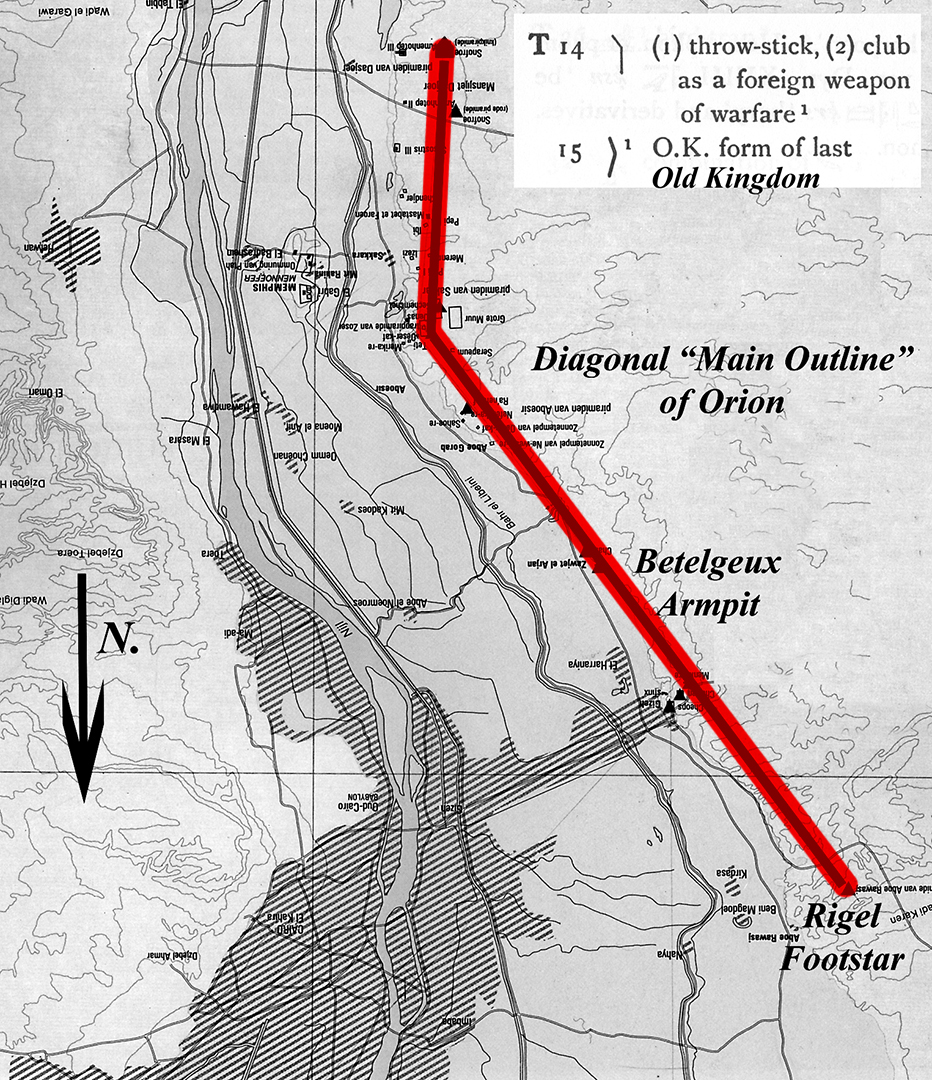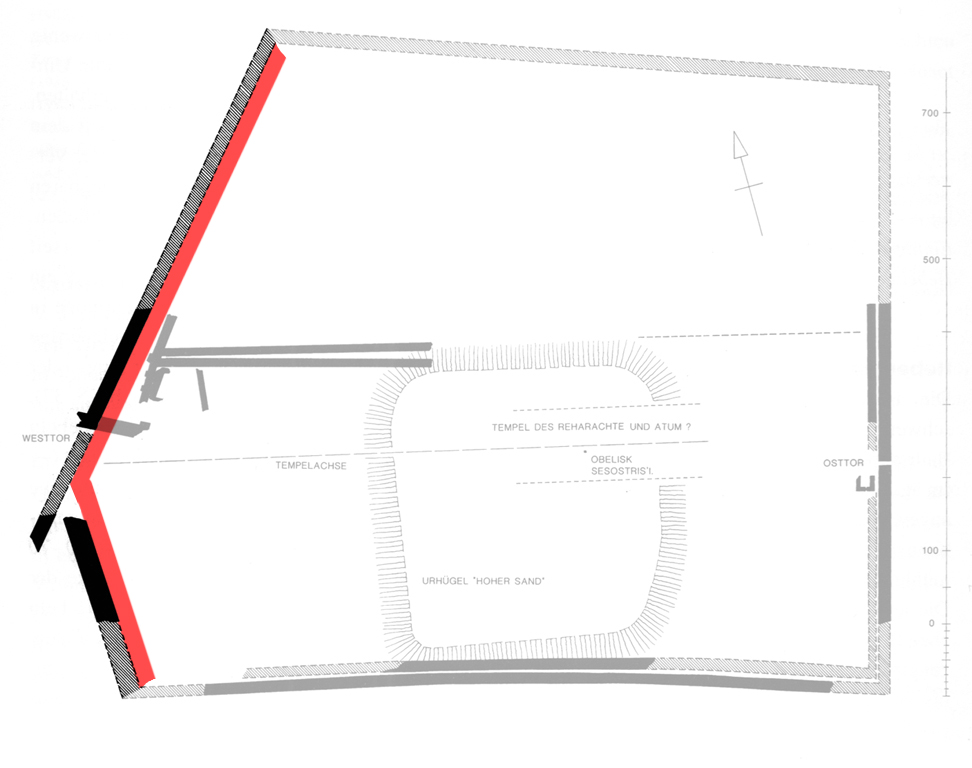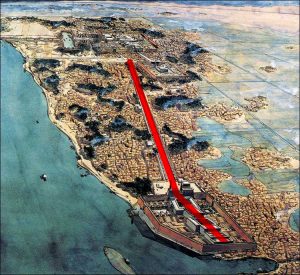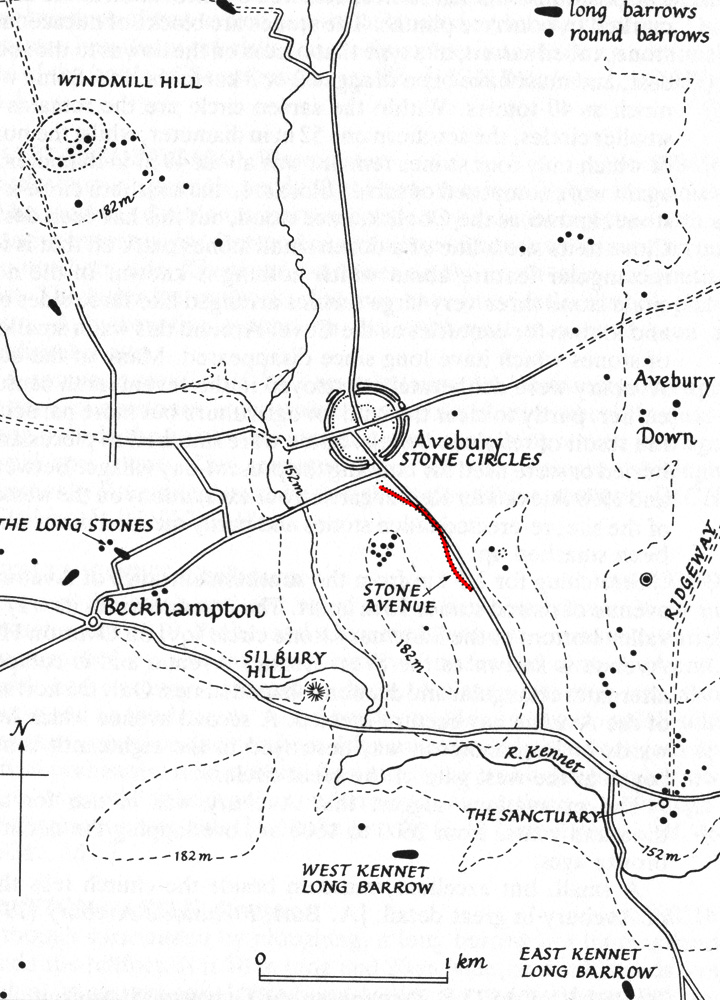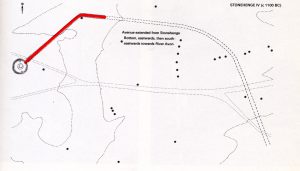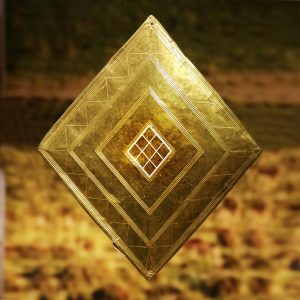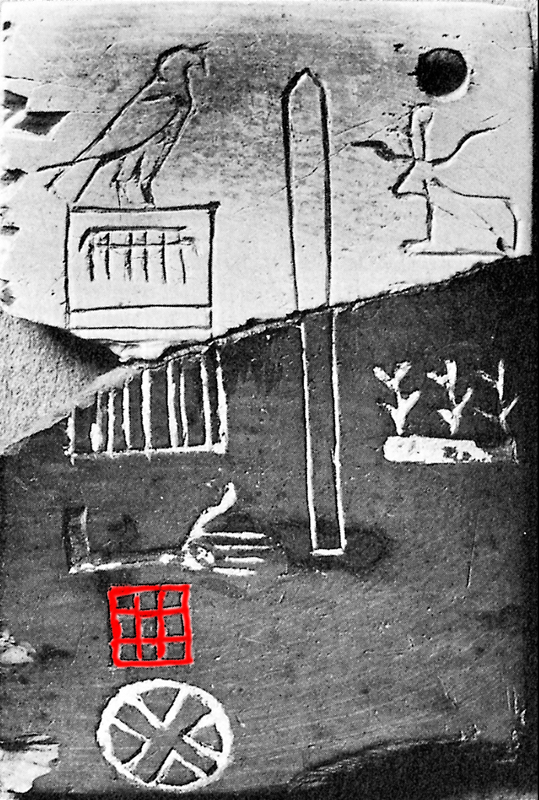Can we know the Pattern of the Past?
Discussion between P. Geyl Professor in the University of Utrecht
and Arnold J. Toynbee Professor in the University of London
concerning Toynbee’s book ‘A Study Of History’, 1948.
The STRONG ARM is the ICON of Prehistory
Temple of Edfu. Temple of the Creator: ‘He who is Great of Arm’, the God of the Temple
The Ptolemaic Temple at Edfu in Egypt is of particular importance, as its Annals yield information which can hardly be gathered elsewhere. An overall study of the wealth of the Annals in this temple shows that in particular the texts engraved on the prominent architectural parts of the temple, are of vital interest for the study of the prehistoric origin of our civilization. It can rightly be said that these inscriptions open a new way of approach to the study of our origin.
The Edfu Annals make it possible to reconstruct some aspects of the magical philosophy of prehistoric man of Egypt, Libya and the heritage of Stonehenge in England. Aspects that we do not know about the main sources of their thinking. Many of the ritual scenes engraved on these walls, in addition to pictorial representations, contain fairly long texts which describe events about which we know very little or which are entirely unknown to us. These texts explain various prehistoric design which the Egyptians and the inhabitants of England appear to have connected with the origin of the sacred masterplan of the pyramids and temples (Heliopolis and Thebes/Luxor) and those of the building of Stonehenge on the plain of Salisbury. The richness of material included in these Edfu Annals makes it possible to reconstruct a coherent picture of a prehistoric world relatively unfamiliar to the Archeologist (Egyptologist and the pioneers of the Stonehenge Landscape). Very important was according to the first inhabitants, the magic utterance or invocation. Rites were performed in front of a willow. Utterance: “Appearing in speed. Coming close to the willow. Bringing the offerings in presence of the Arm.” (E.A.E. Reymond, Mythical origin of the Egyptian Temple, p.25-26 en 158; Edfu vi, 184,2-10)
The context of the Edfu Annals suggest that the Arm was or might have been a symbol of the Creator. Sure the Arm is the symbol of the Creator S3h (the constellation of Orion). Prehistoric man bear the throw-stick, the staf and the spear and seems to worship it as a deity. But the most important source of their philosophy was the Throw-stick made from a willow, later on called the Strong Arm. They worshipped the Strong Arm.
Cartouche of Pharaoh Djoser with the Strong Arm
I think that the first era of the primaeval domains was on the Island of Trampling (at present the guyot of the Great Meteor in the Atlantic Ocean), in that place the primaeval domain (niwt) was created. Those islands are the Geomorphological representation of the Arm and of the 3 sunken islands of Atlantis, the southernmost of which is called Great Meteor and the 2 lesser islands are now called the Cruiser Seamounts. The volcanic island iw titi, ‘Island of Trampling’, the Great Meteor, was the most important island, the island on which creation took place according to the Edfu Annals (Edfu IV. 358,13 and VI. 181, 12 and 13). That island rose up out of the waves and was located at the far end, at the outer edge of the ‘known’ world. (Ges-wa’ret) The islands are the nucleus of the anti-diluvium world.
So, when the symbol of the Arm was present in situ, that domain was a holy one. Such a domain was endowed with creative power, perhaps special substances of the Earth concealed in the ground. The presence of the Image of the Arm in situ, see the cartouche of pharaoh Djoser, in situ made it capability for the creation of holy monuments. It was the design of the Pyramid-field. (see below: The design of the Pyramid field in Egypt)
Geomorphical design of the mountains of Atlantis in the shape of the Strong Arm
Geomorphological representation of the 3 sunken islands of Atlantis, the southernmost of which is called Great Meteor and the 2 lesser islands are now called the Cruiser Seamounts. Seamounts in this area were only briefly explored (Heezen et al, 1954; Heezen and Hollister, 1971). From dredged limestone cobbles Heezen et al concluded that Atlantis seamount must have been an island within the past 12.000 years (Geophysical Study of the Atlantis-Meteor Seamount complex, Jacob Verhoef).
The volcanic island iw titi, ‘Island of Trampling’, the Great Meteor, was the most important island, the island on which creation took place according to the Edfu annals (Edfu IV. 358,13 and VI. 181, 12 and 13). The island rose up high from the waves and was located at the far end, at the outer edge of the ‘known’ world. (Ges-wa’ret). The similarity with the 3 pyramids on the Giza plateau is quite striking. Giza was and is three beautifully stylized mountains, but above all it is a copy of Atlantis.
The Swimmer in the Shelter of Tassili n’Ajjer (Sahara) in the Shape of the Strong Arm
Around 1956 by the French archaeologist-cum-ethnologist Henri Lhote the prehistoric rock painting, called ‘The Swimmer’, was discovered in the Tassili-n’Ajjer-mountains in North Africa. Here, in the Central Mountains of North Africa, we find a series of prehistoric settlements. The unique rock painting is about 8,500 years old.
Around 1940, the Egyptologist Flinders Petrie reconstructed the constellations of the northern heavens by means of the Star clock of Ramesses (approx. 1,190 BCE). He observed that the arrangement of certain stars coincided with the giant constellation Neht. The meaning of Nht is now ‘brave, strong, invincible’. The identical representations are striking. The typical bend of the arm on the depiction indicates the ‘Strong Arm’ (its strength is indicated by the stone that is tied to the wrist).
Throwstick in the shape of the Strong Arm (El Badari, Prehistoric Egypt)
The Throwstick (see ‘Badarians’ below) appears as Egyptian hieroglyph T15 (Egyptian Grammar, Sir Alan Gardiner, p. 513). It is a weapon and very old. First, it was found in the prehistoric settlement El Badari (5,000-4,000 BC). See the text and the picture in the book Badarians (Guy Brunton/Gertrude Caton-Thompson) below. However, the Throwstick or Club was the emblem of the land To Tehenu (Libya), the Olive-land. Ludwig Keimer wrote a very interesting article about that issue (BIFAO 31, 1931, p.121-134) about the earlier study of Newberry. Newberry discovered a Throwstick (see fig. Le signe) in a tomb of Beni Hassan. The color of the Throwstick was “yellowish with black cloudy graining”.
In my opinion, the Throwstick or Club must be seen in combination with the ‘Strong Arm’, because the human expression is similar. So, millennia later, the martial bearing of this ‘Strong Arm’ was represented in Egypt, on the cartouches of pharaoh Djoser and Sekhemkhet – see also the right arm of the statues of pharaoh Djoser and pharaoh Khasekhemuwy. The ‘Throw-Stick’, was the symbol of the Creator.
Cylinder-seal (Dynasty I of Egypt) with a human figure in the shape of the Strong Arm, identical with the Swimmer
The Badarian Throw-Stick as a Willow
Throw-stick, plate IV no. 42, Flinders Petrie, The Making of Egypt, p.13), 2 These interesting objects were found lying close to the hands of a man (5716), one on the top of the other. The wood was extremely light and the surface powdery; they were treated with celluloid solution and can now be handled. The upper one was complete, except for a small portion at the top. The upper part of the lower one is missing, and was not in the grave. They were therefore old and disused when buried, or possibly “killed.” The decoration consists of three rows of little dots down the centre of the whole length, and a border of chevrons along the edge of the handle. The dots are impressed rather than carved, as if a row of beads had been hammered on to the wood. Actual specimens of throw-sticks are rare. The next in date that I know of is one from Kahun (PETRIE, Kahun, pl. ix, 30). This is of similar form, but much larger, 174 ins. long compared with the 74 ins. of ours.
The throw-stick occurs as a hieroglyph, often in combination with the alighting duck (GARDINER, Egyptian Grammar, G41 p.472); and it is frequently seen in tomb paintings of fowling scenes. On the slate palette, British Museum 20790 (CAPART, Primitive Art, p.231) the hunters seem to carry throw-sticks in addition to the other weapons. On the Predynastic decorated vases, men also apparently carry them (ibid., p.118), but the most interesting representation is on the vase from El Amrah (MACIVER, El Amrah, pl. xiv, D46) of S.D. 50, where there are two men and one woman. One man holds two small angled sticks in one hand, and the other man also seems to hold two.
The design of the Pyramid-Field in Egypt in the shape of the Strong Arm
In the course of thousands of years, this specific posture has been depicted on numerous occasions. The earliest example known to us is found on the palette of Pharaoh Narmer, followed by that of Paraohs Den, Sekhemket, Snofru (zie afb.), Amenemhat III, Thoetmosis III, Thoetmosis IV en Seti I, Ramses II; seen in variations of this posture are Pharaoh Ramses II who is kicking his opponent against the knee (cf. Pyramid text, esp. §959), Ptolemy XII and some depictions of female Meriotic rulers. One depiction shows the god Horus in this posture together with Ptolemy VIII (see Egypt: ‘Image of Heaven, chapter 8 on www.zitman.org. The basic pattern of this specific bearing was shaped and immortalized by means of ten pyramids, plus a Pyramid city (dots) between Abu Rawash and Dahshur. This shape was based on eleven stars of the constellation of Orion, i.e. Horus (cf. star chart). The basic pattern is shown in accordance with the ancient Egyptian custom of viewing from north to south. When the Egyptian calendar was installed on 19th July 4242 BCE, the battle-axe in the right hand was marked by the planet Mars. This particular event is related to the myth known to us from Edfu as the Triumph of Horus. Obviously, this specific posture is shown on the pylon of this Horus temple. (©2000/Sterrenbeeld van Horus and ©2006 W.H. Zitman, Egypt Image of Heaven)
The third image shows a map of the Pyramid Field between Abu Rawash and Dahshur, looking from north to south in accordance with the ancient Egyptian manner of viewing. The stylists personification of the constellation Orion was shaped by building ten pyramids and a pyramid city. The overall figure was based on the throw-stick (T15). The basic pattern is founded on what is known in astronomy as the ‘Main Outline’ of Orion. This essential feature became the fundamental principle in all iconographic renderings of the ritual Horus posture. (©2000 W.W. Zitman)
See the website Egypt: ‘Image of Heaven’, Chapter 6 on www.zitman.org for a projection of the Star map onto the Pyramid field.
The Avenue of Luxor in the shape of the Strong Arm (www.zitman.org, chapter 8 y and the Horus pose)
The Making of England (English Heritage Guidebooks)
The Palisade near Stonehenge was build in the shape of the willow, later on called the Strong Arm.
(The holy magic wand made out of the willow)
It is worth drawing a parallel with the great stone monument of Stonehenge. The Stonehenge Hidden Landscapes Project revealed some amazing new features to this prehistoric monument. Researchers used six different techniques to scan the whole site at different depths below the surface including a magnetometer, a Ground-Penetrating Radar (GPR) and a 3-D laser scanner. This enabled researchers to virtually see through the ground and explore what civilization might have looked like thousands of years ago. The team’s new three-dimensional map covers an area of 12 sq km or 1,250 football fields and suggests that the prehistoric monument was accompanied by 17 neighbouring shrines.
The wooden construction extended nearly two miles across Salisbury Plain more than 8,000 years ago, and would have served to shield the sacred site from the prying eyes of ordinary lower-class locals.
Trenches have been dug around the monument, tracing the course of the fence that meanders around the stone circle.
The dig’s co-director Dr Josh Pollard, of Bristol University, said: “The construction must have taken a lot of manpower.”
“The palisade is an open structure which would not have been defensive and was too high to be practical for controlling livestock.”
“It certainly wasn’t for hunting herded animals and so, like everything else in this ceremonial landscape, we have to believe it must have had a religious significance.”
“The most plausible explanation is that it was built at huge cost to the community to screen the environs of Stonehenge from view. Basically, we think it was to keep the lower classes from seeing what exactly their rulers and the priestly class were doing.”
Mike Pitts, editor of British Archaeology Magazine and author of the book Hengeworld, said: “This is a fantastic insight into what the landscape would have looked like.
“This huge wooden palisade would have snaked across the landscape, blotting out views to Stonehenge from one side.
“The other side was the ceremonial route to the Henge from the River Avon and would have been shielded by the contours.
“The palisade would have heightened the mystery of whatever ceremonies were performed and it would have endowed those who were privy to those secrets with more power and prestige. In modern terms, you had to be invited or have a ticket to get in.”
The ideas of Mr. Pollard and Mr. Pitts are totally wrong. It is a typical example of the fantasy of scolars who do not know what they see!
If we do not know what it is really, please say and write nothing.
Look to the above mentioned examples out of the magical philosophy of prehistoric man of Egypt, Libya and the heritage of Stonehenge in England.
In the English Heritage (Stonehenge) page 6, we see “a long delicate bone pin found buried with a cremation in one of the Aubrey Holes. The pin may have fastened a shroud arund the body before cremation.”
It is the holy magic wand made out of the willow, prehistoric man used by their sorcery or magic and creation. The palisade of Stonehenge has the same model and served as cosmic protection for the site. Their presence in situ might have made it possible for the creation of the world to be carried out. The same is true for the Image of the Arm and the Strong Arm. These symbols might have represented the most sacred objects in the Homeland of the Primaeval Ones. The symbol of the Arm was the physical form of the elementary creative power which was believed to have been concealed in the ground, par example the enclosure or palisade of Stonehenge. Stonehenge is one of the four astronomical-religious centers of the old world. One of the four gates to the cosmos.
The Stone Avenue of Avebury in the shape of the willow
(James Dyer, The Penguin Guide to Prehistoric England and Wales, p.261, fig. 24)
The Avenue of Stonehenge in the shape of the Strong Arm
(Michael Balfour, Stonehenge and its Mysteries, p.144, fig. 36)
See for texts The Mythical Origin of the Egyptian Temple (E.A.E.Reymond), passim.
That book describes the importance of the prehistoric past in the life of the historical period of the Egyptians, p.22 note 4, Edfu.vi. 183.4.7; p.89-92; p.152-153 about the symbol of the Arm, the physical form of the elementary creative power which was believed to have been concealed of the enclosure; p.158-159, The text alludes to the Arm but does not specify whether this Arm was brought by the Shebtiw to the site or whether it was concealed in the ground of that place; p.167, The history of the creation of the primaeval domains of the Falcon comprises three great eras of creation of the pay-lands which departed, all of them, from a pre-existing sacred centre. It looks as though the primaeval realm of the Falcon was pictured as consisting of three terrestrial units, each of which was described at a later stage of history as i3t, Sacred Mound.
Parallel between Egypt, the Sahara and Stonehenge (Bush Barrow)
Spectacular Finds in Bush Barrow:
Mr. Colt Hoare and his digging collaborator Mr. William Cunnington found in Bush Barrow in September 1808 in one of the Normanton Down group, a magnificent golden breast plate. In the center we see a square subdivided into nine sections. This burial is the richest in the immediate vicinity of Stonehenge. saw that same design, the square subdivided into nine sections more over on a tablet of Pharaoh Djer of the First Dynasty of Egypt (Museum of the University of Pennsylvania).
Golden Lozenge, Crown jewel of Stonehenge
In the centre of the Lozenge we see the Pegasus square, I-Iku, rendered as an actual square in the sky.
(W.H. Zitman, Egypt: Image of Heaven, p.191, fig.55)
The Pegasus Square and the Tablet of Pharaoh Djer
The Pegasus square, I-Iku, is indeed rendered as an actual square (see fig.). To the Sumerians, it represented a standard field measure. This standard field amounted to “approximately 3,600 square metres”. They divided this up into nine equal parts. The Egyptians recognised nine gods, as is apparent from the original Ennead of Heliopolis: Shu, Tefnut, Geb, Nut, Osiris, Horus, Seth, Isis and Nephtys, with Atum as the supreme creator.
The museum of the University of Pennsylvania possesses a tablet from the reign of Pharaoh Djer of the First Dynasty (see fig.). On the left, the tablet shows the Serekh, the “coat of arms” of Pharaoh Djer, surmounted by the Horus falcon. Below the Serekh, we see the hieroglyph for “strong arm” (Nht), signifying invincibility and victory, followed underneath by a square subdivided into nine sections. The hieroglyph at the bottom is the sign for “village, location or region”. The square with the nine sections stands for the Pegasus square and the nine gods, the Neters, who will grant invincibility to Pharaoh Djer and for the I-Iku of the Sumerians. No square that is subdivided into nine sections is known to exist in the Egyptian hieroglyphic script. Therefore, this exceptional hieroglyph points to familiarity with the I-Iku of the Sumerians and the nine gods, the Neters. In addition, the tablet may well contain a reference to the dwelling-place of the gods in the Central Mountains of North Africa, the Wetjeset-Neter place. Did Pharaoh Djer originate from that area? Perhaps, but we also need to note that prehistoric man believed that the gods dwelt up on the mountains.
Tablet of Pharaoh Djer (Museum of the University of Pennsylvania) showing the Serekh surmounted by the Horus falcon; underneath, in that order, we see the strong arm (= Nht), the square with nine sections (I-Iku), and the hieroglyph for “region” ![]() , see website Origin.
, see website Origin.
A bludgeon or staff is shown in the centre; the goddess Sekhet-Hor is pictured on the right. (see fig.)
